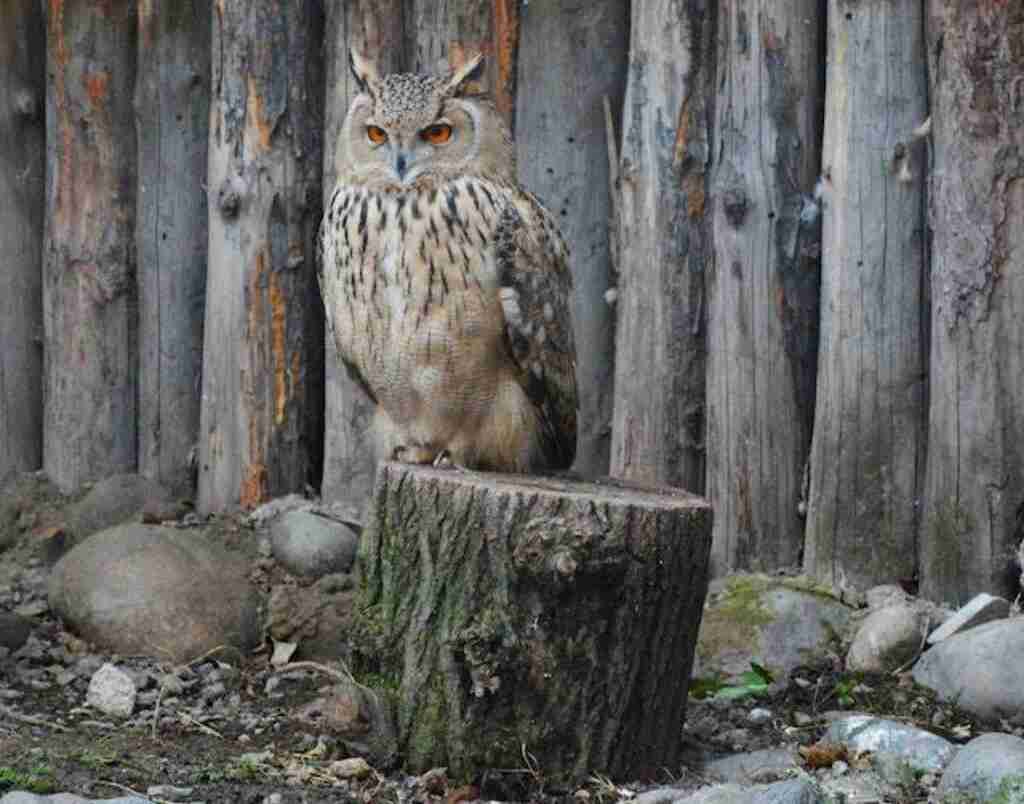Do owls eat mice? You might think it’s a silly question, but it’s one that’s been boggling minds for years. These wise birds are known for their nocturnal habits and their ability to hunt silently in the dark.
But what exactly is on their menu? The short answer is yes, owls do eat mice, and a lot of them. However, the situation is not as simple as it appears.
In this article, we’ll dive deeper into the fascinating world of owl hunting habits and discover just how important these tiny rodents are to their survival.
Table of Contents
- 1 Definition of an Owl
- 2 Importance of Owls in the Ecosystem
- 3 Overview of What Owls Eat
- 4 What do owls eat?
- 5 Hunting Techniques Used by Different Owl Species
- 6 The Importance of Mice in an Owl’s Diet
- 7 The Significance of Understanding an Owl’s Diet
- 8 The Impact on the Balance in the Ecosystem
- 9 FAQs: Do Owls eat Mice?
- 9.1 What happens when an owl eats a mouse?
- 9.2 Are mice scared of owls?
- 9.3 Do owls eat mice?
- 9.4 How do owls catch mice?
- 9.5 What other animals do owls eat besides mice?
- 9.6 Do all species of owls eat mice?
- 9.7 How many mice can an owl eat in a day?
- 9.8 Why do owls prefer to eat mice?
- 9.9 Do owls only eat live mice, or will they eat dead ones too?
- 9.10 How do owls digest mice?
- 9.11 Are mice the only food source for owls?
- 9.12 Are owls harmful to humans because they eat mice?
- 10 Conclusion
- 11 Author
Definition of an Owl
Before we dive into the specifics of what owls eat, let’s first define what an owl is. Owls are a group of birds belonging to the order Strigiformes, which includes around 200 species worldwide. They are known for their distinctive appearance with large heads, forward-facing eyes, and hooked beaks.
Most owls are nocturnal, meaning they hunt at night and sleep during the day. However, some species are active during dawn or dusk.
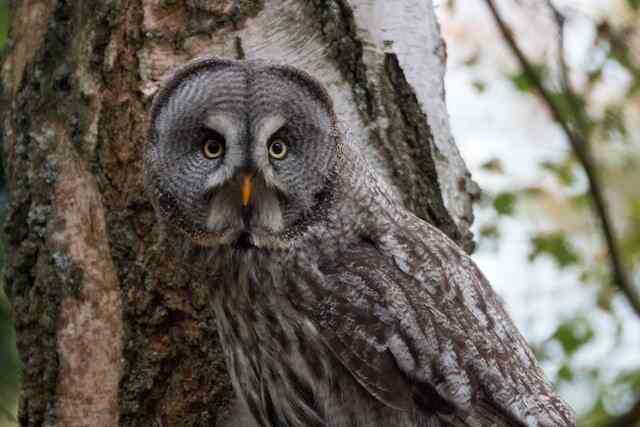
Importance of Owls in the Ecosystem
Owls play a vital role in maintaining balance in many ecosystems around the world. As predators at the top of the food chain, they help control populations of rodents and other small mammals that would otherwise reproduce uncontrollably and damage crops or spread disease.
Additionally, owls have been shown to reduce populations of invasive species like rats on islands where they have been introduced.
Overview of What Owls Eat
The diet of an owl can vary depending on its habitat and species. Generally speaking, most owls feed on a variety of prey items including small mammals like rodents (such as mice and squirrels), rabbits or hares; insects; fish; reptiles; amphibians; other birds; and even carrion (dead animals).
Some owl species also supplement their diet with fruits or seeds. However, not all owl species feed on the same prey items. For example, some owls living in colder climates may rely more heavily on small mammals for food, while those living near the coast may eat more fish.
Additionally, larger owl species like the Eurasian eagle-owl may hunt larger prey such as foxes or deer fawns, while smaller species like the northern saw-whet owl tend to eat smaller rodents.
In the next section, we will delve deeper into what owls eat by focusing on one of their most common and important prey items: mice.
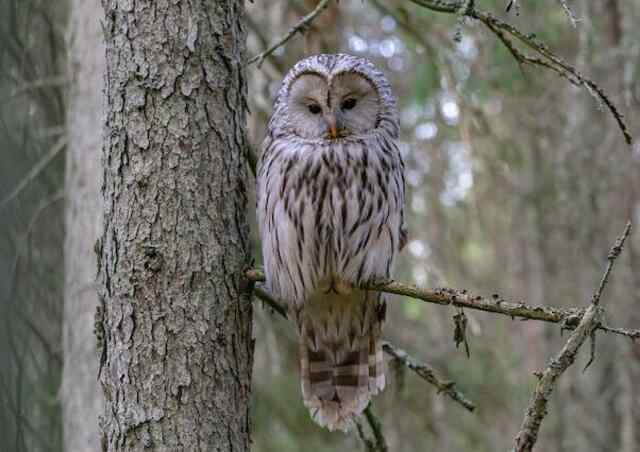
What do owls eat?
Owls are carnivorous birds of prey that feed predominantly on other animals. The diet of owls varies depending on the species, habitat and availability of prey. Generally, owls feed on a wide range of small mammals, rodents, birds, insects and fish.
General diet of owls
The general diet of an owl is determined by its size and habitat. Larger owl species tend to feed on larger prey, while smaller owls eat smaller prey. Owls that live in forested areas tend to hunt more mammals than those that live in open grasslands, which feed mostly on insects.
Specific types of prey that owls hunt
Owls are efficient hunters and can capture a variety of prey with their sharp talons and keen senses. Some common types of prey for owls include rodents such as mice, voles, rats and shrews. They also hunt small mammals like rabbits, hares, squirrels and bats.
Mice as a primary food source for many owl species
Mice are one of the primary food sources for many owl species due to their abundance in many habitats around the world. They make up a significant portion of the diet for many owl species because they are easy to catch due to their relatively small size compared to other prey animals.
Other small mammals and rodents that owls consume
In addition to mice, there are several other types of small mammals and rodents that form part of an owl’s diet. These include voles which are similar in size to mice but have shorter tails; rats which are much larger than mice; shrews which are insectivorous; rabbits which provide a substantial meal due to their large size; squirrels which offer both protein-rich meat and fatty nuts; and bats which are consumed by some larger owl species.
Birds, insects, and fish that some owl species eat
While many owl species focus on small mammals and rodents, some owls consume a variety of other prey. For instance, some larger owl species such as the great horned owl and snowy owl feed on birds such as grouse and waterfowl. Some owls also catch insects like moths and grasshoppers, while others hunt fish in rivers or coastal areas.

Hunting Techniques Used by Different Owl Species
Owls are known for their extraordinary hunting skills, which vary depending on the species. Each species has a unique hunting technique that has evolved over time to suit its particular environment and prey. Some owls are adept at capturing prey on the ground, while others specialize in catching birds in the air.
Silent Flight and Keen Eyesight
One of the key traits that make owls such skilled hunters is their silent flight. Owls have special feather adaptations that allow them to fly almost silently through the air.
This enables them to approach their prey undetected, giving them a greater chance of success. In addition to their stealthy flight, owls also have exceptional eyesight.
Their large eyes take up a significant portion of their head and are positioned at the front, giving them binocular vision similar to humans. This allows them to accurately judge distance and depth perception, making it easier for them to catch fast-moving prey.
Use of Talons to Capture Prey
Once an owl has spotted its prey, it will use its sharp talons (claws) to capture it. The talons are powerful and can exert a lot of force, allowing owls to grab onto their prey firmly without letting go.
The talons also play a crucial role in killing the prey quickly and efficiently. Some owls have particularly strong talons designed for piercing animal skulls or breaking bones upon impact with their target.
Swallowing Prey Whole or Tearing it Apart Before Consumption
After catching its prey, an owl will either swallow it whole or tear it apart before eating it. Owls do not have teeth like other predators; they use their beak instead to rip off chunks of flesh from larger pieces of food.
Some owl species can swallow relatively large prey whole. They have a flexible esophagus that can expand to accommodate larger prey, and they then regurgitate pellets of indigestible material such as bones and fur.
Other species will tear their prey into smaller pieces before eating it. This allows them to consume the food more quickly and efficiently, reducing the risk of being attacked by other predators while feeding.
Overall, owls are incredibly skilled hunters with unique adaptations that enable them to catch their prey successfully.
Their hunting techniques vary depending on the species, but all owls have exceptional eyesight and silent flight capabilities that make them some of the most efficient predators in the animal kingdom.
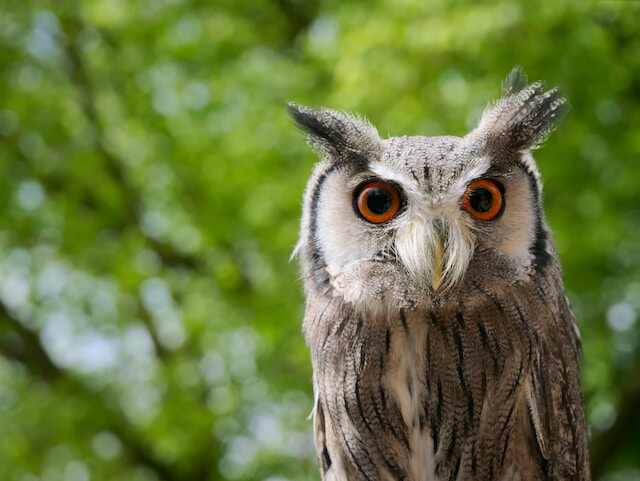
The Importance of Mice in an Owl’s Diet
Owls are predators that occupy an important niche in the ecosystem. They play a critical role in controlling rodent populations and maintaining the balance of prey species. Mice are a primary food source for many owl species, and their importance cannot be overstated.
Mice provide owls with essential nutrients such as protein, calcium, and phosphorus. These nutrients help to promote healthy tissue growth and repair, as well as strong bones and feathers.
Owls require high levels of protein to maintain their metabolic rates, especially during periods of high activity or reproduction. Without mice in their diet, owls would struggle to obtain these vital nutrients from other prey sources.
Nutritional Value of Mice for Owls
The nutritional value of mice for owls is undeniable. A single mouse can provide up to half of an owl’s daily energy requirements.
In addition to protein, calcium, and phosphorus, mice are also rich in vitamins B12 and D which help support healthy neurological function and bone growth respectively.
Mice are also low in fat content, which is important for owls, who need to remain agile hunters while airborne.
Furthermore, mice have a high moisture content, which can help keep owls hydrated during dry spells when water sources may be scarce.
Role that Mice Play in the Ecosystem as a Food Source for Predators
Mice are not only important for owls but also play a vital role in the ecosystem as a whole by serving as prey for other predators such as snakes, foxes, coyotes, raccoons, hawks and eagles – all animals that exist in various habitats across the world.
The removal or reduction of mice populations could result in broader ecological consequences since these small rodents play a crucial role within food chains linked to larger predator species higher up in the ecosystem.
Therefore, protecting mice populations is vital for maintaining a healthy balance in the ecosystem and guaranteeing the survival of various species within it.
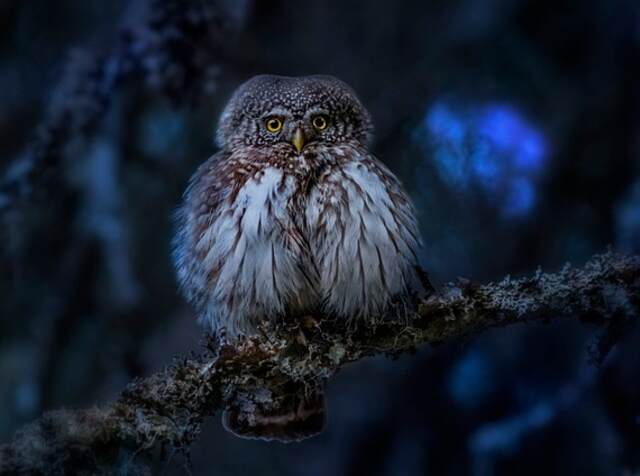
The Significance of Understanding an Owl’s Diet
Understanding the diet of owls, particularly their consumption of mice, is crucial in maintaining a healthy ecosystem. Owls are apex predators, which means they sit at the top of the food chain. They play a critical role in controlling populations of small mammals and rodents, including mice.
Without these predators, these populations would rapidly grow, causing ecological imbalances. Owls have adapted to their environment and developed specific hunting techniques that allow them to efficiently capture their prey.
They rely heavily on their sense of sight and hearing to locate and track their prey silently through the night.
Their ability to catch mice is essential for the survival of many owl species, as it provides them with vital nutrients necessary for growth and development.
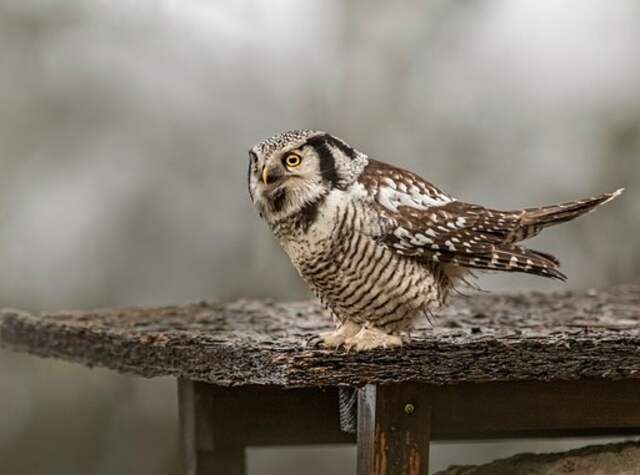
The Impact on the Balance in the Ecosystem
The consumption of mice by owls has a significant impact on the balance in the ecosystem. Mice are considered pests due to their ability to reproduce quickly and cause damage to crops and infrastructure.
By preying on mice, owls help control their population, reducing agricultural losses caused by these rodents.
Furthermore, when owl species are absent from an ecosystem or face dwindling numbers due to habitat loss or other factors like pesticide use, this can have severe consequences for other species down the food chain.
Without owls preying on small mammals like mice or voles , there will be too many herbivores that could strip vegetation bare or lead them towards areas where they can cause damage elsewhere.
Understanding what owls eat is crucial for conservation efforts, as it highlights how important one species impacts another throughout our interconnected ecosystems.
The consumption of mice by owls plays a critical role in maintaining ecological balances, showing us how intricate our natural world truly is.

FAQs: Do Owls eat Mice?
What happens when an owl eats a mouse?
Owls are carnivorous birds, and mice make up a significant portion of their diet. When an owl eats a mouse, it uses its sharp beak and talons to tear the mouse into small pieces. The owl’s digestive system then breaks down the mouse’s flesh and bones, and the leftover indigestible parts are regurgitated as a pellet.
Are mice scared of owls?
Yes, mice are often scared of owls because owls are their natural predators. The sight or sound of an owl can trigger fear in mice and cause them to hide or flee. This is why some farmers and gardeners use fake owls as a scare tactic to keep mice and other rodents away from their crops or gardens.
Do owls eat mice?
Yes, owls are known to eat mice and other small rodents. In fact, mice make up a significant portion of their diet.
How do owls catch mice?
Owls typically hunt at night and use their excellent vision and hearing to locate prey. They swoop down from above and use their sharp talons to catch mice and other small animals.
What other animals do owls eat besides mice?
Owls eat a variety of small animals, including rats, voles, shrews, and even small birds and insects.
Do all species of owls eat mice?
Most species of owls eat mice and other small rodents, but some larger species may prey on larger animals like rabbits and squirrels.
How many mice can an owl eat in a day?
The number of mice an owl can eat in a day depends on its size and species. Smaller owls may eat 2-3 mice per day, while larger owls like the great horned owl can consume up to 4-5 mice in a single feeding.
Why do owls prefer to eat mice?
Mice are a good source of nutrition for owls, providing them with the protein and energy they need to survive. Additionally, mice are small and easy for owls to catch and consume.
Do owls only eat live mice, or will they eat dead ones too?
Owls typically prefer to eat live prey, but they may also consume dead mice if they are unable to find live prey.
How do owls digest mice?
Owls have a specialized digestive system that allows them to digest bones, fur, and other parts of their prey that other animals cannot. They regurgitate pellets of indigestible material like bones and fur after digesting the rest of their meal.
Are mice the only food source for owls?
No, owls also eat a variety of other small animals like rats, voles, shrews, and insects. Some larger species may even prey on larger animals like rabbits and squirrels.
Are owls harmful to humans because they eat mice?
No, owls are not harmful to humans. In fact, they can be beneficial by helping to control rodent populations. However, it is important to avoid disturbing owls or their nests as they are protected by law in many countries.
Conclusion
In conclusion, mice are a crucial part of an owl’s diet, and they can eat a significant number of them each night. Owls have adapted their hunting skills to catch these small mammals effectively. By controlling rodent populations, owls play an important role in maintaining the balance of ecosystems.

